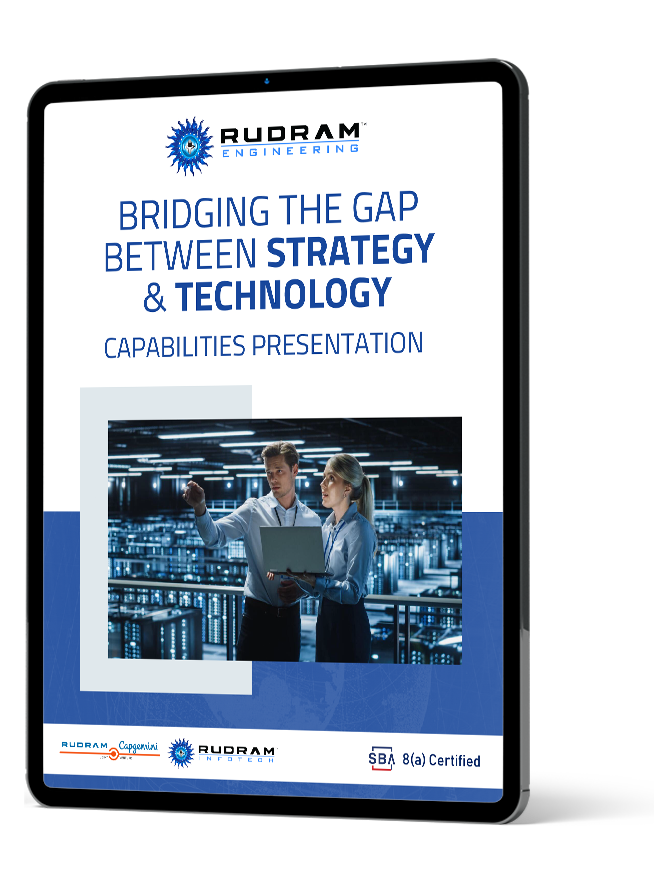As financial institutions race to stay competitive in an increasingly digital economy, cloud migration has emerged as a strategic imperative, not just an IT initiative. From enabling real-time data processing to supporting AI-driven insights and scalable customer platforms, the cloud promises transformative benefits. However, for banks, fintech firms, and insurance providers, the road to cloud adoption is riddled with complex challenges.
Unlike other industries, financial services must navigate a high-stakes environment where data sensitivity, regulatory scrutiny, and operational continuity are non-negotiable. Legacy systems, compliance frameworks, and security concerns add layers of technical and strategic complexity to the migration process. A misstep doesn’t just risk downtime, it could lead to financial penalties, reputational damage, or regulatory violations.
In this blog, we’ll explore the most critical challenges financial institutions face during cloud migration and offer proven, engineering-backed strategies to overcome them ensuring that transformation doesn’t come at the cost of trust, compliance, or performance.
Cloud migration is no longer a ‘nice-to-have’ but a valuable step for businesses aiming to remain competitive in today’s digital landscape. The move to the cloud unlocks critical advantages for businesses, from access to innovation and improved efficiency to scalability and operational mobility.
Businesses generally move to the cloud based on a combination of ‘push’ factors, such as hardware obsolescence and the costs of maintaining and managing on-premises systems, along with ‘pull’ factors such as improved disaster recovery and access to software integrations that improve workflows.
Challenge:
Financial institutions must adhere to strict compliance mandates such as GDPR, PCI-DSS, and FFIEC. Migrating sensitive workloads to the cloud requires clear accountability for data governance, user access, and third-party management.
Solution:
Continuous Monitoring: Leverage cloud-native tools for real-time audit logging, configuration tracking, and policy compliance verification.
Challenge:
Financial data is a top target for cyberattacks. Without proper controls, cloud migration could expose sensitive assets to risks like unauthorized access, misconfigurations, and lateral movement within environments.
Solution:
Secure Architecture Design: Build secure-by-default cloud architectures that incorporate network segmentation, logging, and endpoint protection.
Challenge:
Core financial systems often run on aging infrastructure and monolithic software that are not cloud-ready. Modernizing these systems for cloud compatibility poses risks in terms of downtime, integration, and data loss.
Solution:
Agile Modernization: Apply agile methodologies to incrementally redesign legacy systems for cloud-native performance and scalability.
Challenge:
Financial platforms require near-zero downtime. Any migration-related outage especially in trading, payments, or customer-facing systems can lead to financial loss and regulatory issues.
Solution:
Real-Time Monitoring: Integrate health checks, logging, and automated alerts to monitor system behavior and enable fast remediation.
Challenge:
Cloud transformation demands expertise in DevSecOps, secure cloud architecture, CI/CD, and modern development practices. Many financial institutions lack internal capabilities to execute cloud projects securely and efficiently.
Solution:
Knowledge Transfer: Ensure any external collaboration includes knowledge-sharing to build internal technical maturity.
Challenge:
Cloud migration can lead to unexpected cost spikes due to overprovisioning, inefficient resource usage, or lack of visibility into consumption.
Solution:
Engineering-Driven Cost Optimization: Involve cloud engineers in designing lean architectures that align performance with cost-efficiency.
Challenge:
Over-reliance on a single cloud provider can limit flexibility and increase long-term switching costs, especially if proprietary tools or services are deeply embedded in workflows.
Solution:
Migration Readiness Planning: Include exit strategies and portability checks as part of the cloud adoption roadmap.
Cloud migration in financial services is a high-stakes transformation that requires more than just infrastructure rehosting. It demands deep technical planning, secure system design, and ongoing optimization. From managing compliance to modernizing legacy platforms and enabling a DevSecOps culture, success depends on aligning technology with strategic business needs.
By leveraging specialized engineering services such as cloud-native architecture, secure software development, DevSecOps integration, and Model-Based Systems Engineering, financial institutions can move to the cloud confidently without compromising on security, performance, or compliance.
Need expert guidance on your financial cloud migration strategy?
Rudram Engineering helps regulated industries build secure, scalable, and compliant cloud solutions from the ground up.

Rudram Engineering Inc. (REI) is a well-known pioneer in software systems engineering, recognized for its creative solutions and the latest cutting-edge technologies. By focusing its resources on developing cloud-based technologies, REI further employs the power of DevSecOps to build security into the software development life cycle. The company also adopts Agile software development methodologies to be flexible, effective, and quick in delivering quality software solutions. Rudram Engineering Inc. is a name that epitomizes quality with innovation; it establishes new yardsticks in the industry with solid, scalable solutions that meet the dynamic demands of engineering.
As software becomes more complex, the need for thorough testing increases. In 2025, advancements in automated testing, AI-powered testing tools, and continuous quality assurance are expected to play a major role in ensuring reliable software delivery.
Actionable Insight: Thorough testing is essential to ensure that your software meets customer expectations and performs reliably. At Rudram Engineering, we employ comprehensive testing protocols to ensure every product we deliver is both robust and secure, minimizing bugs and maximizing customer satisfaction.
Rudram’s commitment to excellence, transparency, and customer satisfaction sets them apart. They maintain strategic partnerships to harness cutting-edge technologies and expand their capabilities, ensuring that clients receive the best possible solutions.
No-code and low-code platforms are gaining momentum as businesses seek faster, more accessible ways to develop software. These platforms allow individuals with little to no programming experience to build functional applications, reducing the time and cost of development.
Actionable Insight: Incorporating no-code or low-code platforms can speed up your application development, especially for simple or routine tasks. Rudram Engineering leverages these tools when appropriate to accelerate delivery without sacrificing quality or flexibility.